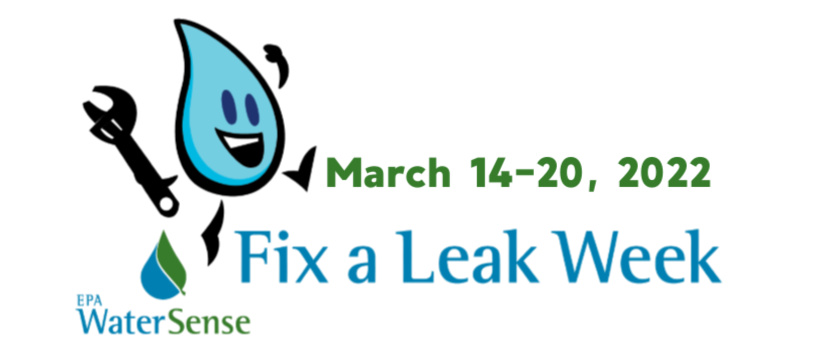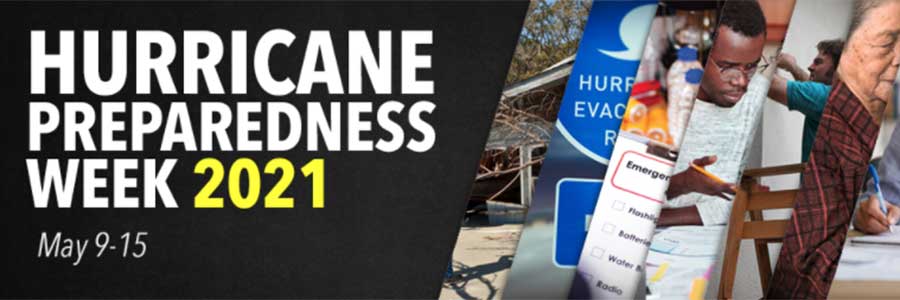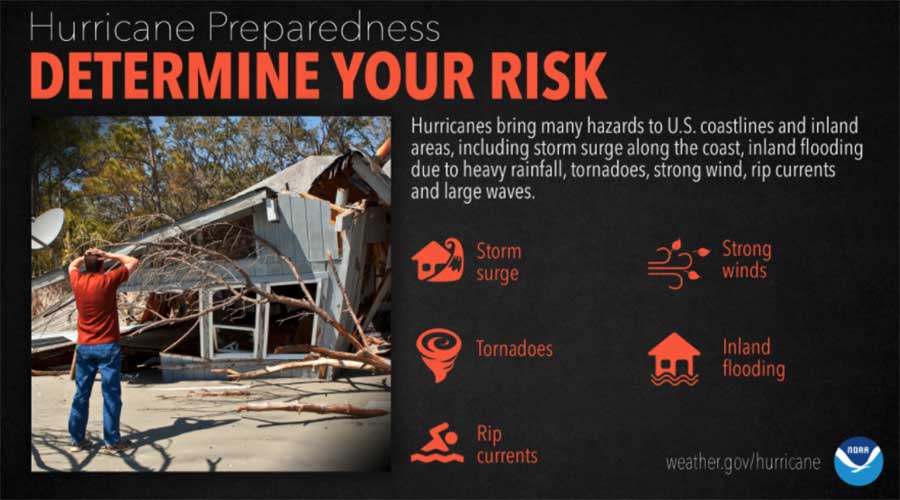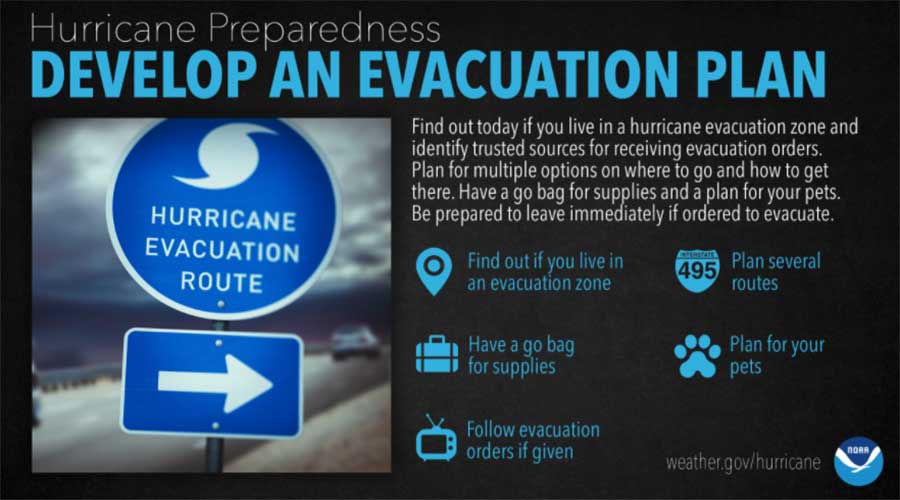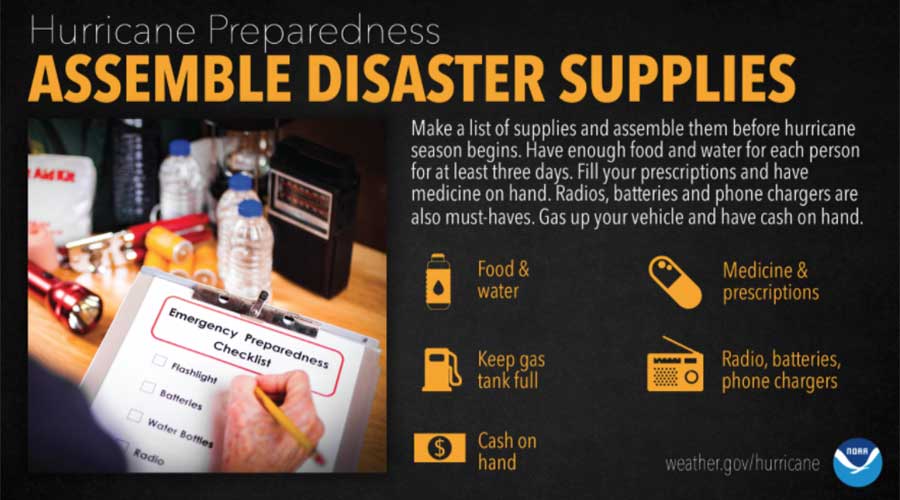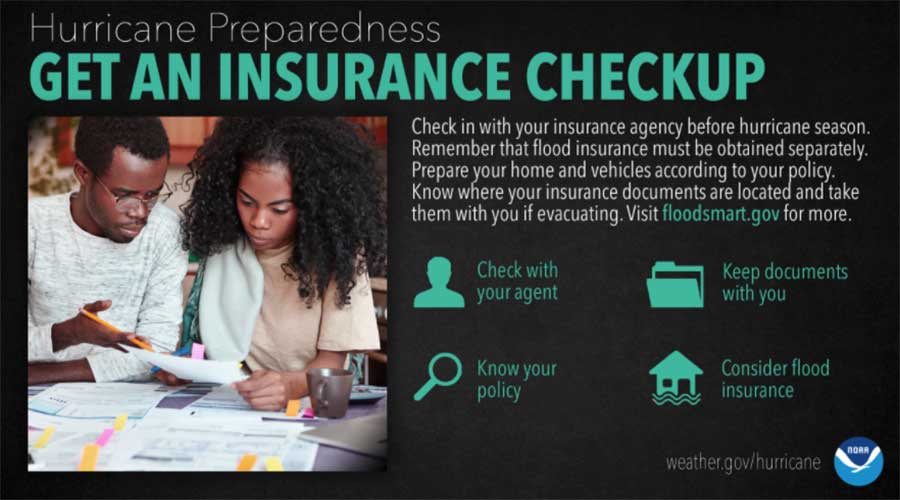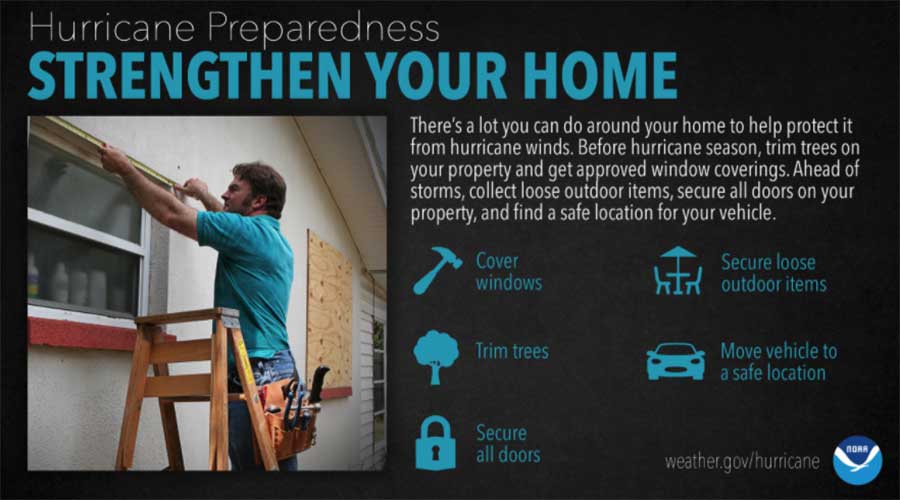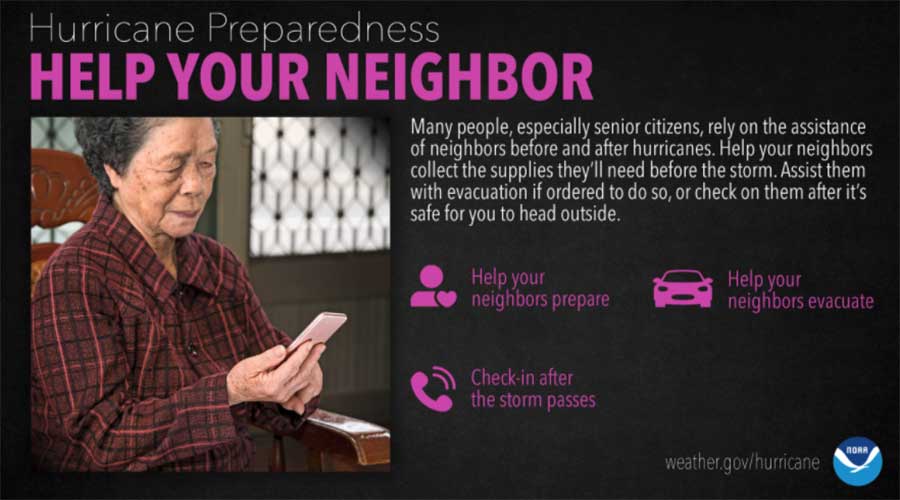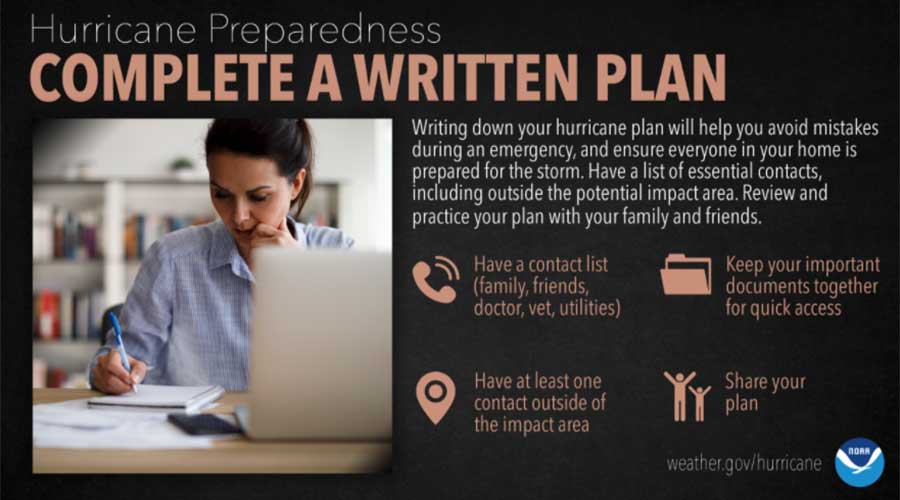Freezing Weather Notification
Winter weather and freezing temperatures are expected this week across Texas. The National Weather Service is forecasting widespread freezing temperatures on Friday and Saturday mornings. Residents should closely monitor media and the National Weather Service for updates to the forecast. We wanted to assure you that the teams at Inframark are monitoring and working diligently in preparation for a freezing weather event to safeguard your facilities. It is also important that you take action as well in protecting the “Four P’s”: People, pets, pipes and plants.
People
- Keep warm, stay inside if possible.
- If you need to go out, dress in layers and wear hats, gloves and an appropriate coat.
- Avoid overexertion, as cold weather puts added strain on your body.
Pets
- Bring pets inside, and move other animals or livestock to sheltered areas.
- Keep adequate food and water available.
Pipes
- Disconnect outdoor hoses, drain and store in protected area.
- Wrap exposed faucets and pipes – including those outside the house or in unheated crawl spaces, attics, garages and other areas.
Plants
- Bring potted plants inside or store in garage near interior wall to provide extra warmth and protection from wind.
- For cold-sensitive outdoor plants, put down extra mulch and consider covering with a cloth fabric of some kind to shield the plants from wind and frost.
Additionally, if you have an irrigation system, turn off the water to the system at your backflow preventer and then drain the system so your irrigation pipes and sprinkler heads are not damaged.
The following sites can also be used as a source of information and to keep you updated:
Where you can learn more:
- Forecasts: National Weather Service Houston-Galveston
- Winter Weather Safety: National Weather Service
- Local Road Conditions: Houston TranStar
- State Road Conditions: DriveTexas.org
- Space Heater Safety: National Fire Protection Association
Stay safe and stay warm.
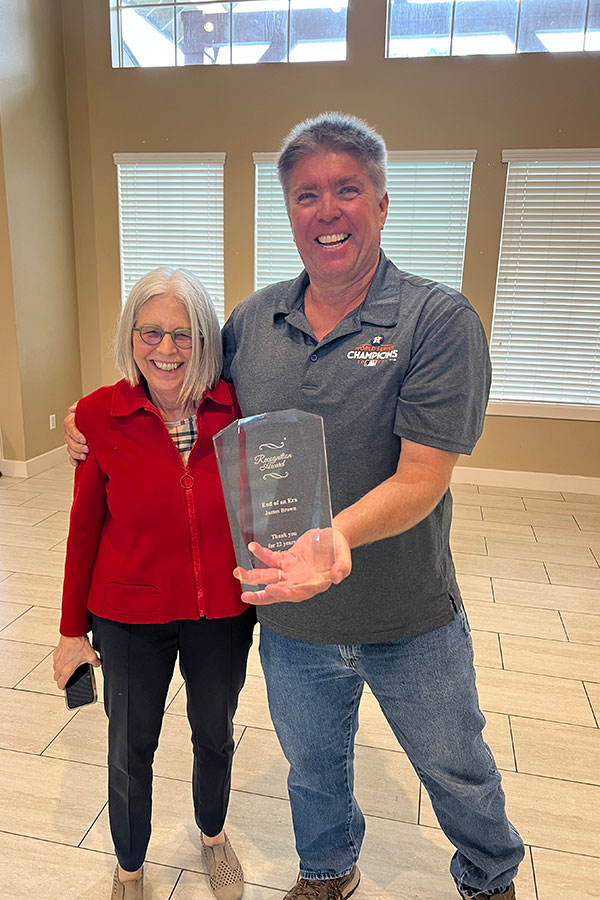
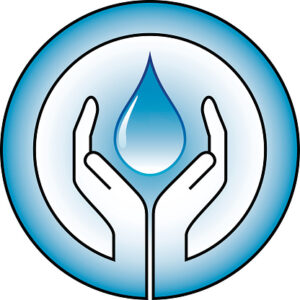

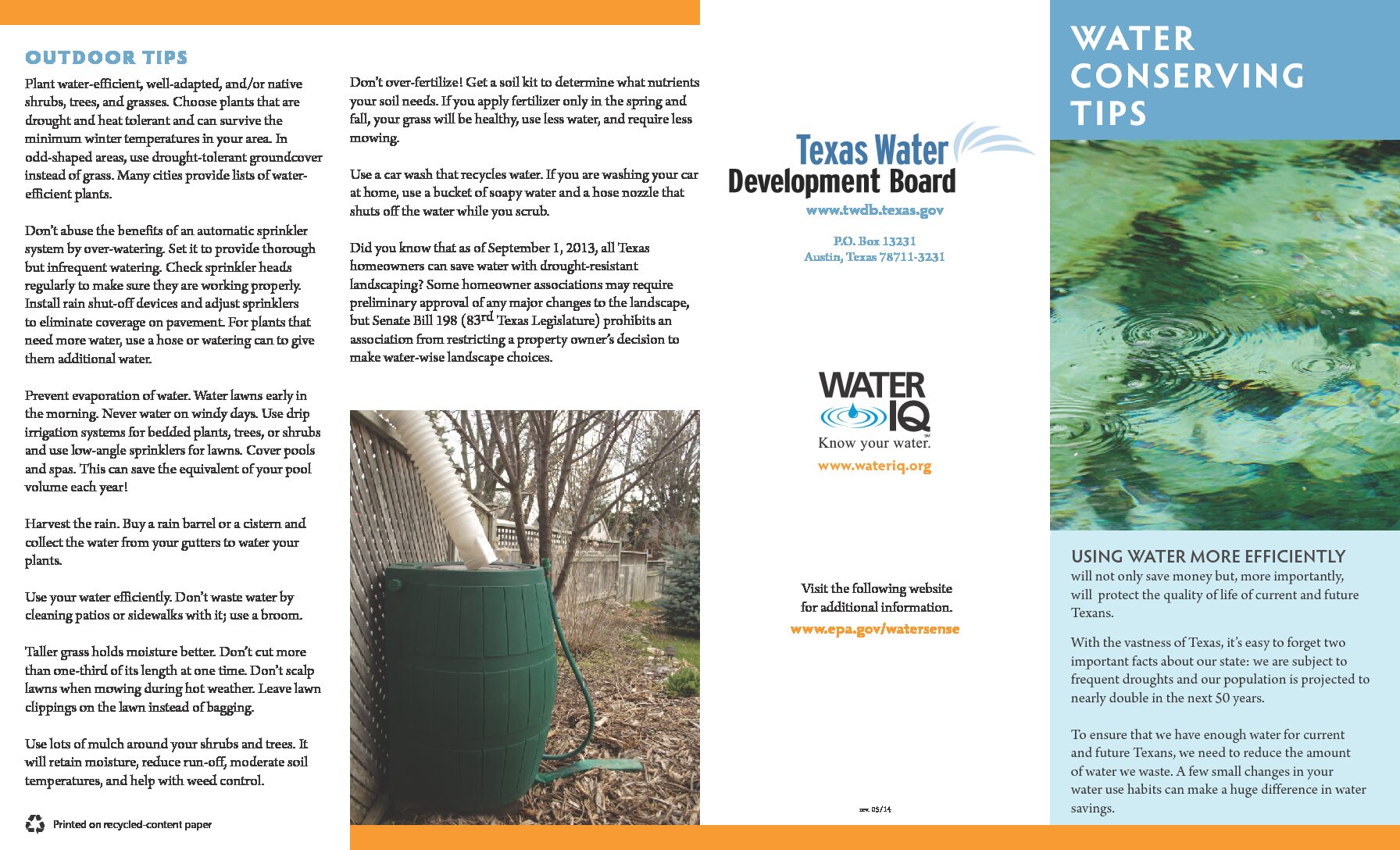
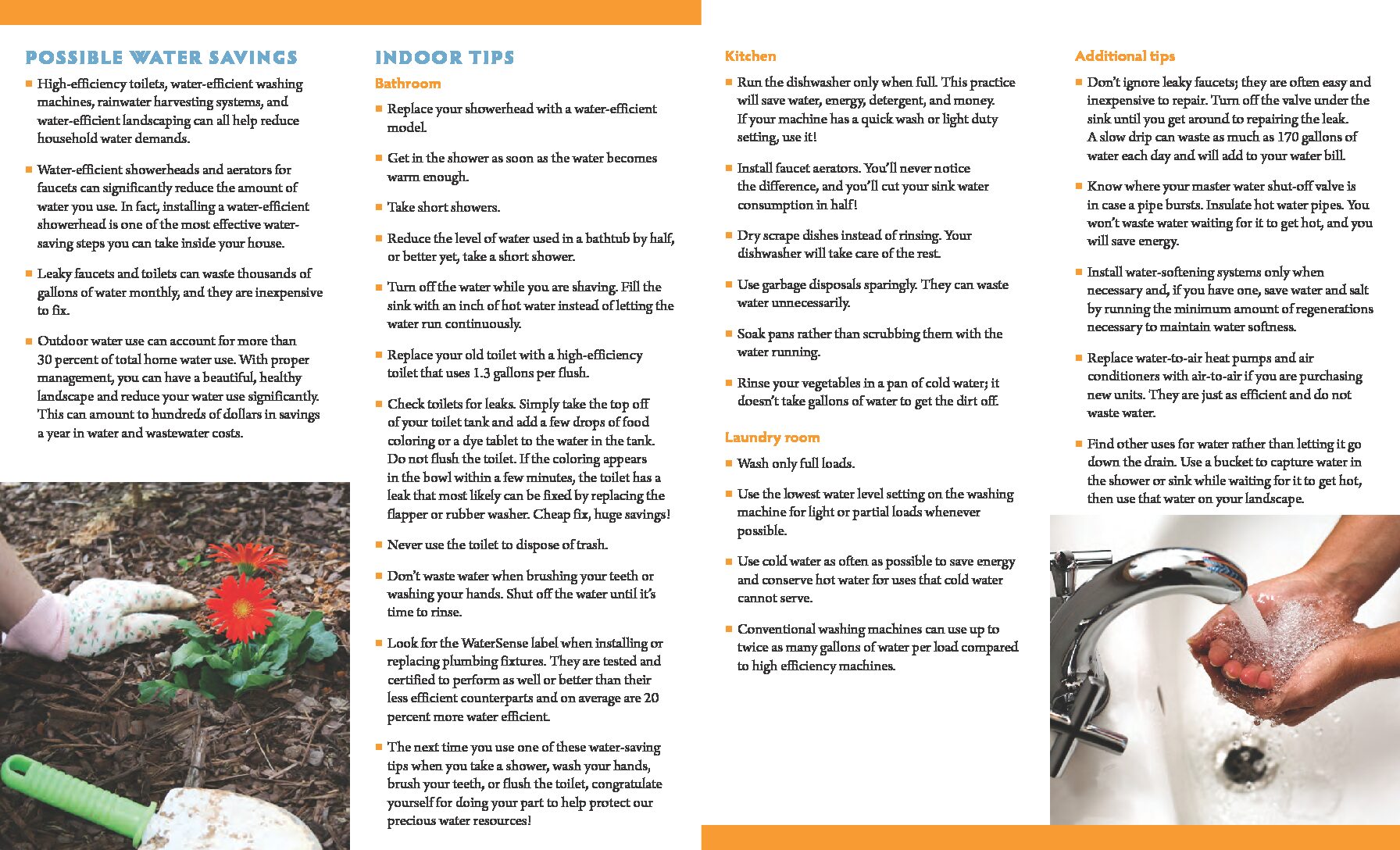
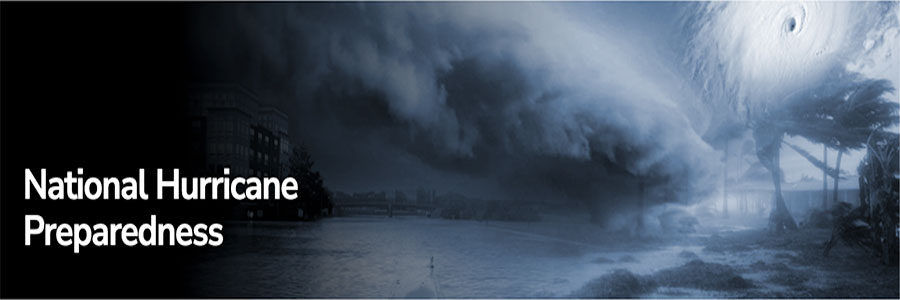
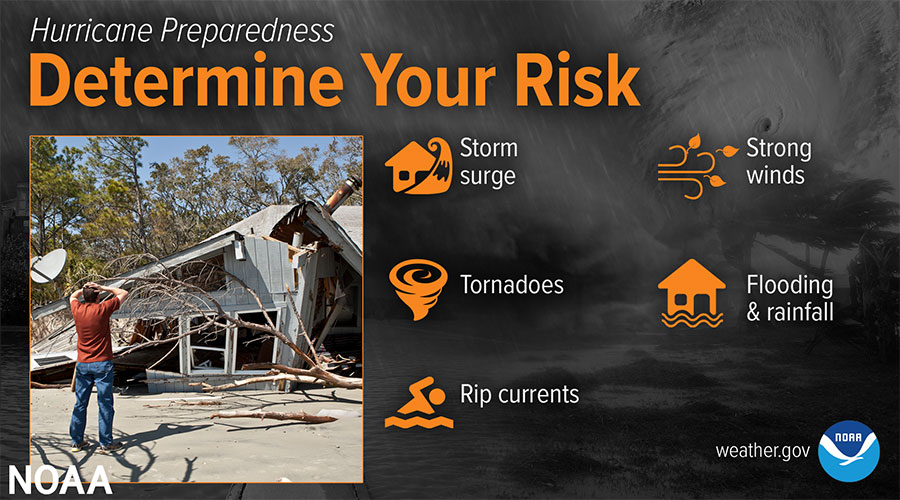
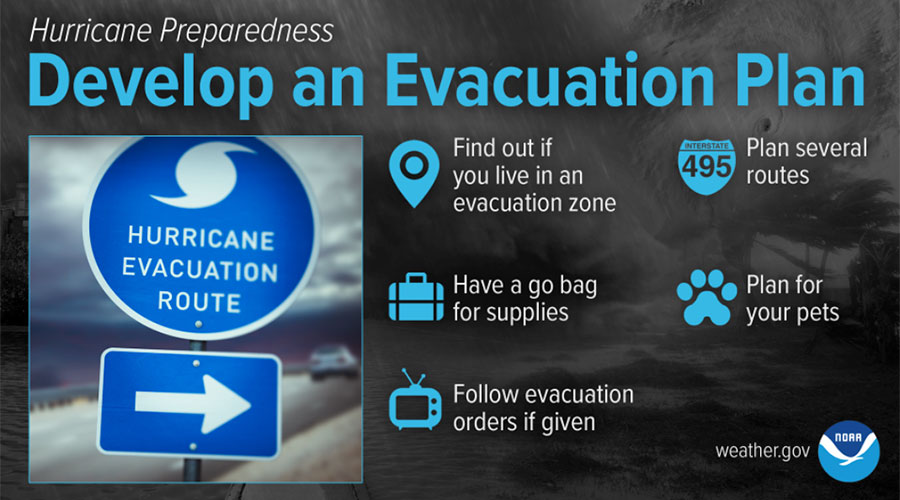
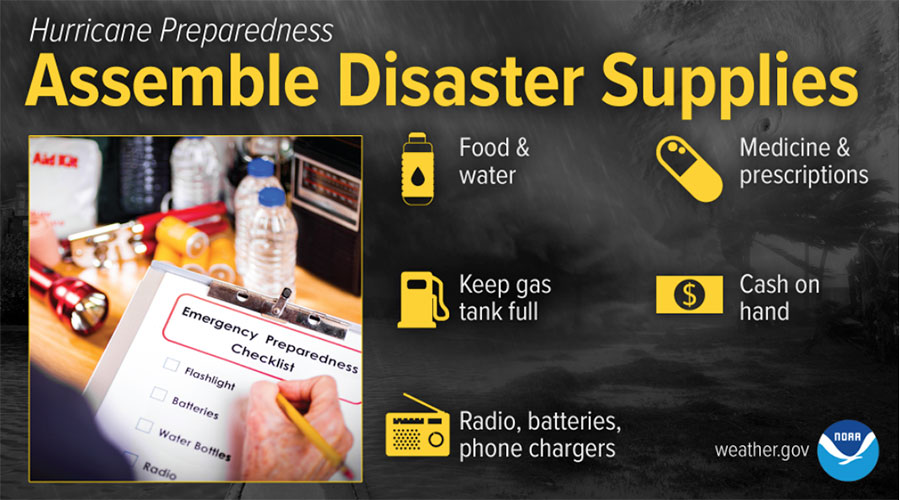
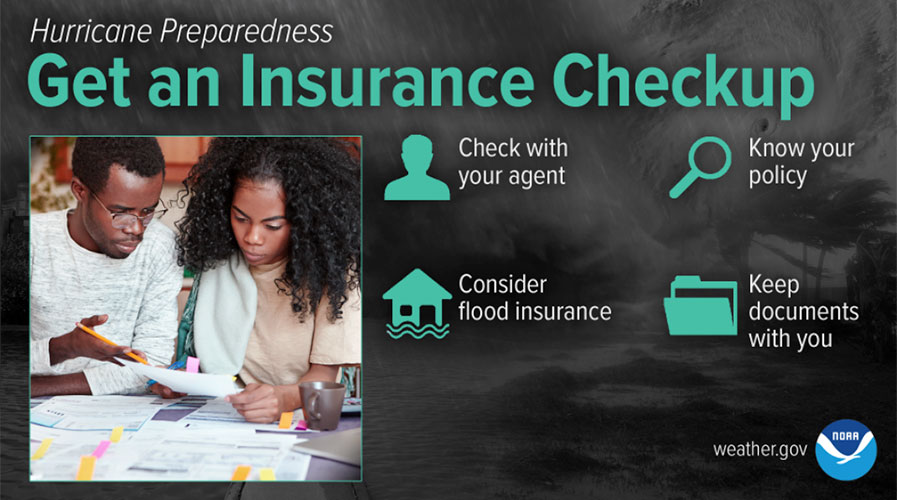
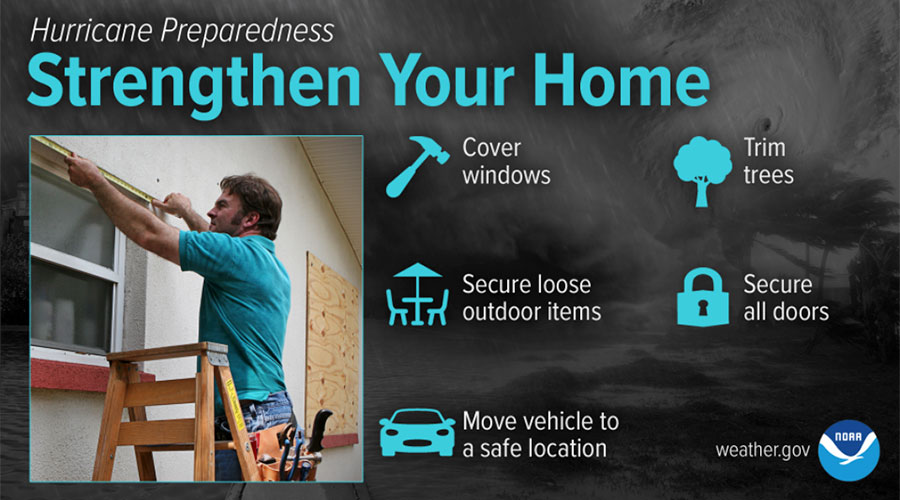
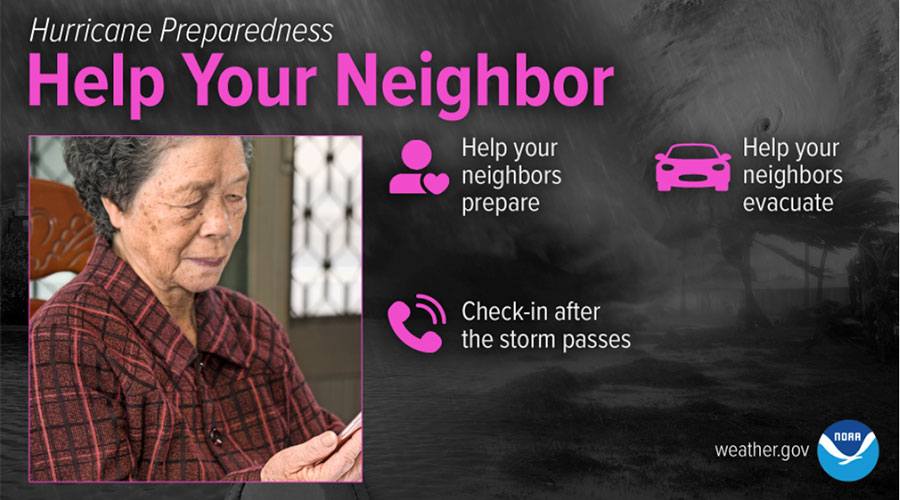
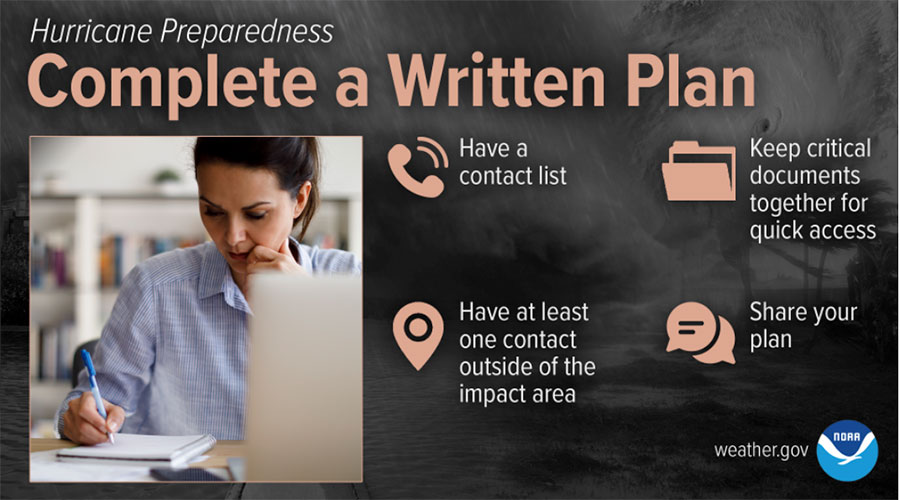
 Drip, Drip, Drip…Let’s Talk Leaks!
Drip, Drip, Drip…Let’s Talk Leaks!